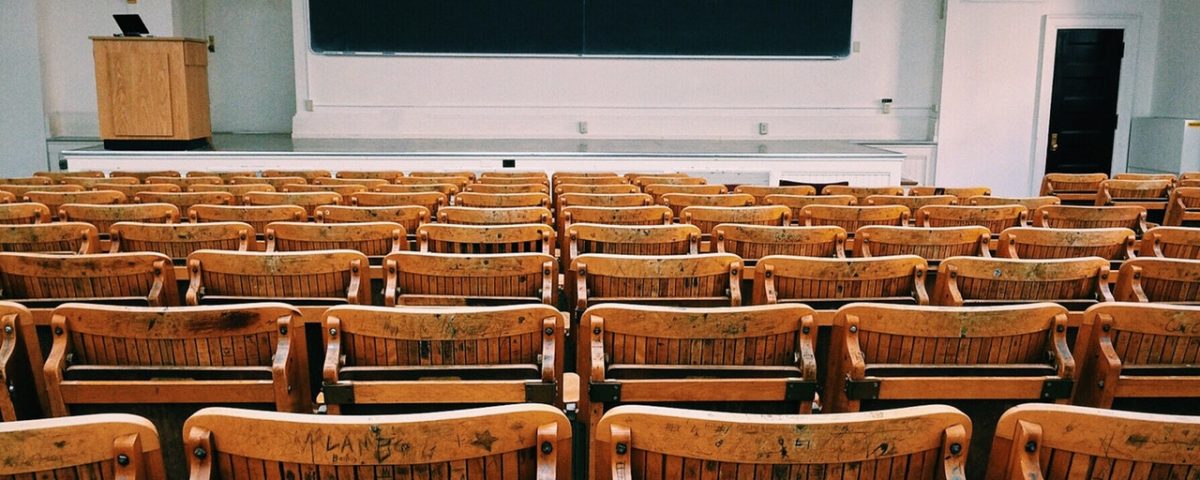5 Myths Of Alternative Education
5 Myths Of Alternative Education








ALTERNATIVE
adjective | al·ter·na·tive | \ ȯl-ˈtər-nə-tiv , al- \ : different from the usual or conventional
(Merriam-Webster Dictionary)
It’s time to drop these misconceptions about alternative education.
The catch-22 of labeling an educational institution as “alternative” is that the term — meant to escape categorization — often does just the opposite. All too frequently, it conjures inaccurate stereotypes of reluctant or truculent students and remedial efforts to educate them. But in the context of education, “alternative” simply means “different,” i.e. different from typical or traditional approaches to education. That means that the thousands of schools in the U.S. that have adopted the “alternative” moniker likely define that term in thousands of different ways. So we might do well to first define “typical and traditional” approaches to schooling.
Traditional high schools are designed to serve students who, ideally, are compliant, socially conforming, group learners, conventional processors, at grade level both intellectually and academically, and externally motivated by grades. While that may describe many students, it certainly does not describe every student. Not by a long shot. It makes sense, then, that traditional high schools simply cannot accommodate everyone. So just who would benefit from an alternative? Lots of students, including the intellectually gifted, exceptionally creative, the learning differentiated, elite athletes or artists or musicians or actors, students who have one-on-one or hands-on learning styles, ESL students, older students, students with social anxiety or emotional struggles, young entrepreneurs, and et cetera.
But while unique and specialized educational environments are full of highly capable students, alternative education has garnered a set of inaccurate associations, many of which are stigmatizing. Below, we’ll take a look at some of the most common misconceptions about alternative education.
Myth 1: Alternative schools are for troubled and delinquent students.
Alternative schools work best for those students who have simply not thrived in a traditional high school setting. Certainly, some “alternative” students have struggled with emotional and/or behavioral issues. Others, however, have selected an alternative setting in order to pursue a high-level extra-curricular pursuit — such as art, music, or elite-athletics — while still making progress toward their high school diploma and college admission. Still others find the academic pace of conventional high school too slow or the curriculum uninspiring. Some find the social norms of a traditional high school stifling or oppressive. Others simply fare better in a nontraditional environment that caters to individual learning styles or a highly relational pedagogy. The bottom line is that there is an endless variety of alternative schools and, therefore, an endless variety of alternative students.
Myth 2: Alternative students are not “good” students.
It’s often true that students who thrive in an alternative environment have not performed to their potential in traditional schools. The academic potential of these students, however, cannot be neatly categorized as higher or lower than that of traditional students. Student may be deemed “alternative” because of exceptional intellectual gifts, learning differences, success in a non-academic arena, an emotional issue, or a combination of these things. If we remember that students are as varied as the adults they will eventually become, we are more likely to avoid labels that might limit what they believe they’re capable of achieving. Alternative education in its various forms not only allows for, but seeks to amplify and develop these variances in personality, aptitude, passion, and learning style.
Myth 3: Alternative education sacrifices academic excellence.
While every school differs in terms of rigor, a student’s academic experience and preparation for college and/or career in an alternative institution is not, by definition, less rigorous than that of a traditional school. In fact, students in alternative schools are often given more control over how they learn, with flexible teaching styles that are responsive to their learning needs, and are empowered to become active participants in their own education. In many cases, this allows for accelerated and deeper learning than would be possible for the same student in a traditional setting.
Myth 4: Alternative students are not prepared for college.
Many alternative college-preparatory schools actually leave students better prepared for college through specialized education, self-directed learning, and (for some) a socially-educative boarding environment. Alternative schools tend to be more holistic in their approaches to education than traditional settings, encouraging introspection and personal growth, and equipping students with tools for increased responsibility, independence, and confidence — skills that are paramount to success in college. Many alternative schools boast 90% – 100% college-matriculation rates.
Myth 5: Alternative schools produce social misfits.
Alternative students fit every high school category there is! They are athletes, artists, geeks, goths, non-conformists, prodigies, and regular janes and joes. In fact, most alternative environments pride themselves on inclusivity and variety. The combination of social diversity, small size, and holistic pedagogy tends to prepare students well for navigating social situations — especially the kind they will encounter in college and beyond. While traditional high school teaches students to conform and blend in, alternative settings often prepare students to find their place by specializing, which is a decidedly adult skill. The most successful adults, after all, are those who seek their own unique place in the world rather than striving to just be like everyone else.
